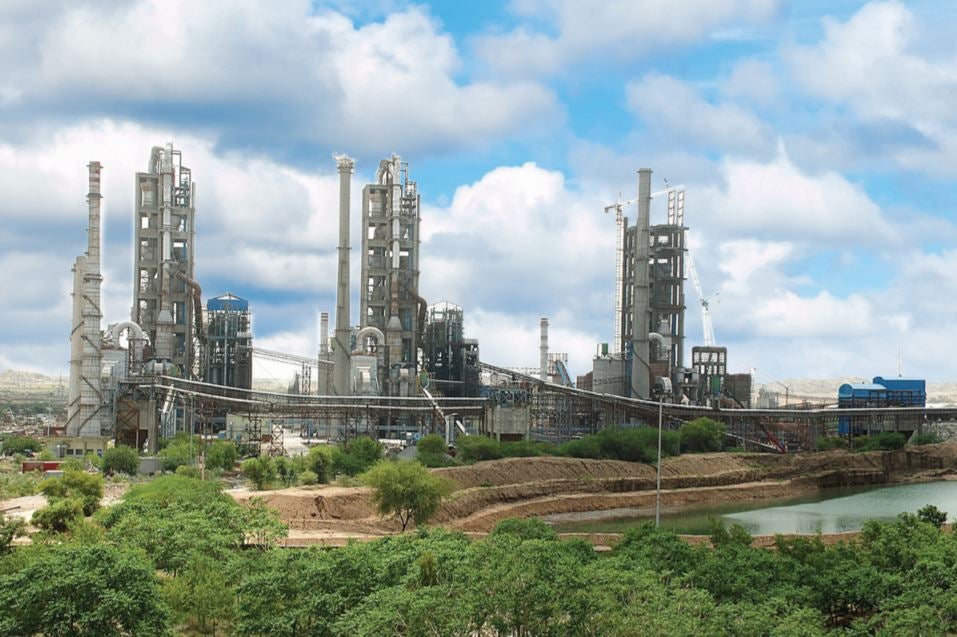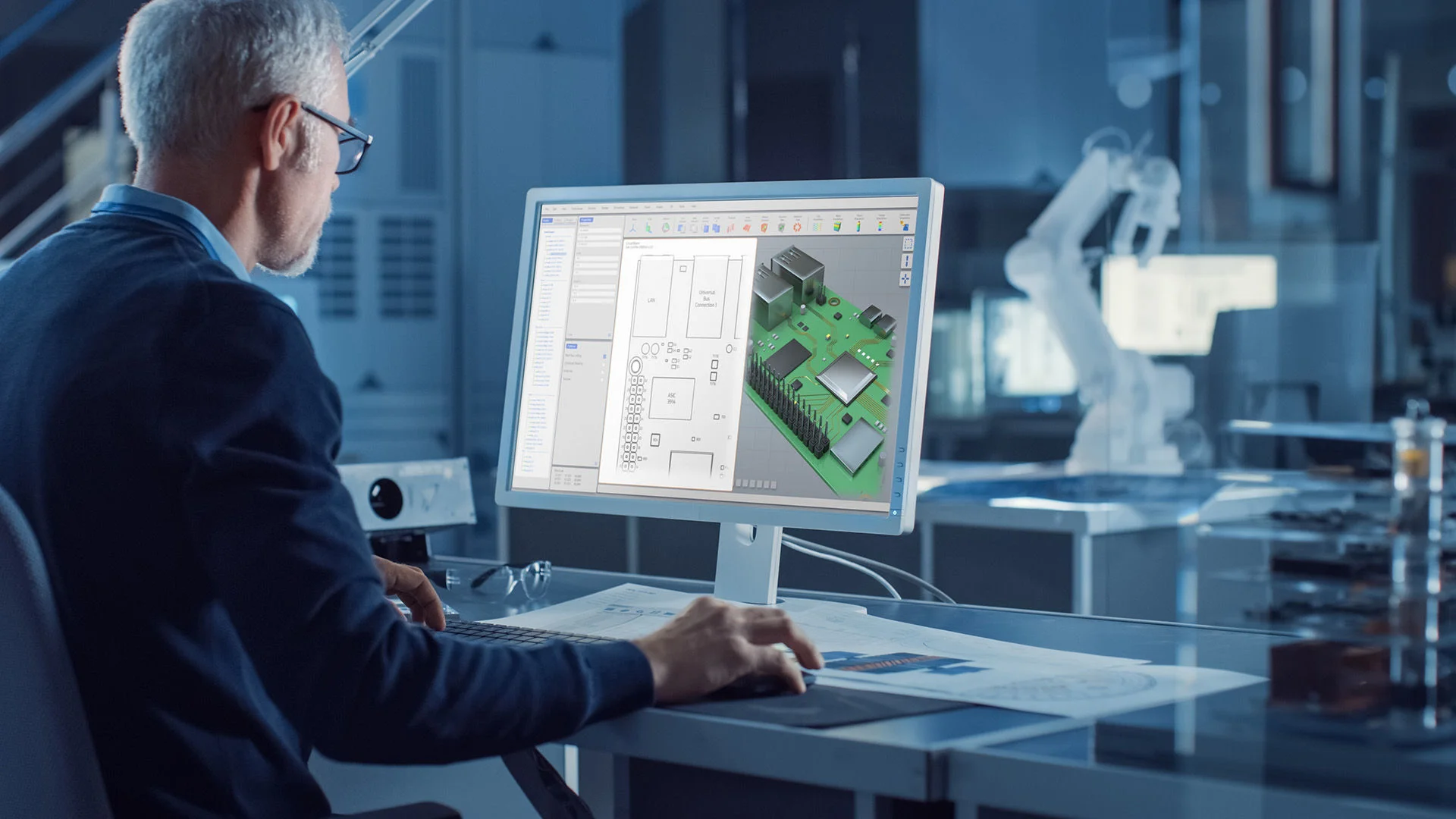
Because the challenges are as big as the plants themselves: SAP PLM
Those who select their new PLM (Product Lifecycle Management) system in this way want the full story: From the start, KHD Humboldt Wedag, the Cologne-based cement plant constructor, had two horses in the race to determine which PLM system it would commit to in the long run. The concurrent test runs in fall 2017 quickly revealed a clear path: SAP PLM is exactly what the international group needs. Since May 2019, the company has been integrating its engineering data from more than 200 Autodesk Inventor and AutoCAD workstations directly into SAP ERP, which is used across the entire company, using SAP Engineering Control Center (ECTR).
PLM in plant construction
The significance of a PLM system in plant construction can only be seen at second glance. Companies such as KHD—a global leader in cement plant technology, equipment and services for an impressive 160 years—must grapple with a wide range of customer solutions and considerable functional complexity. Each project is a new challenge because, in contrast to the serial production of machines, components or parts, a cement plant cannot be (re-)produced down to the smallest detail using an automated manufacturing process. In practice, plant construction is largely still a project-based undertaking employing “engineering to order” scenarios, not to mention the various environmental conditions inherent in doing business globally.
So where do efficiency potentials actually lie? On the one hand, in reversing the trend so that a reduced degree of customization is pursued through increased use of standardized components or installation cores.This requires, first of all, robust CAD/CAE systems in the Design Department for use as catalysts for plant construction; KHD uses the Autodesk Product Design & Manufacturing Collection to this end. Ideally, a PLM system should also be in use to generate a digital twin of the plant structure even before the first part number has been created.
On the other hand, the focus must be on effective communication in cross-departmental processes that mirror the phases of the plant’s lifecycle: planning, development/design, procurement, manufacturing, documentation and maintenance. Lubricants and fuels are consistent data from the PLM, which not only secures company know-how for the long term and makes it readily available, but also coordinates everyone involved in the project, regardless of time of access and location.
Four central challenges
Accordingly, the question for KHD with its volume of international business was not whether, but rather which PLM system would be the tool of choice. As a result of the manufacturer’s discontinuation of the product data management (PDM) system Cologne-based KHD was using previously, the company’s strategic realignment had become a simple matter of necessity.
“In principle KHD already had a well-integrated and long-standing PDM solution including the SAP interface,” recalls Cideon consultant Heinz-Willi Luhnen. “We were obligated not to propose a coequal PLM solution, but rather an even better one that KHD can use to develop its processes systematically and keep them stable over the long term.” KHD requires four concrete features of its new PLM solution:
- It must be implementable as a standard software solution worldwide, because KHD's approximately 650 employees around the world (Cologne, Dessau, New Delhi, Atlanta, Beijing) use collaboration scenarios in their design processes.
- It must be capable of being integrated into the logistics process chain using SAP (in use at KHD since 2011) as well as capable of fully integrating the more than 200 CAD work stations.
- The PLM system must be on par with the process scenario of a large plant constructor. This includes future-proofing and responsiveness with respect to the intended introduction of SAP S/4HANA.
- Implementation and system maintenance are to be handled by a partner that can provide expertise in both environments: SAP and Autodesk.














